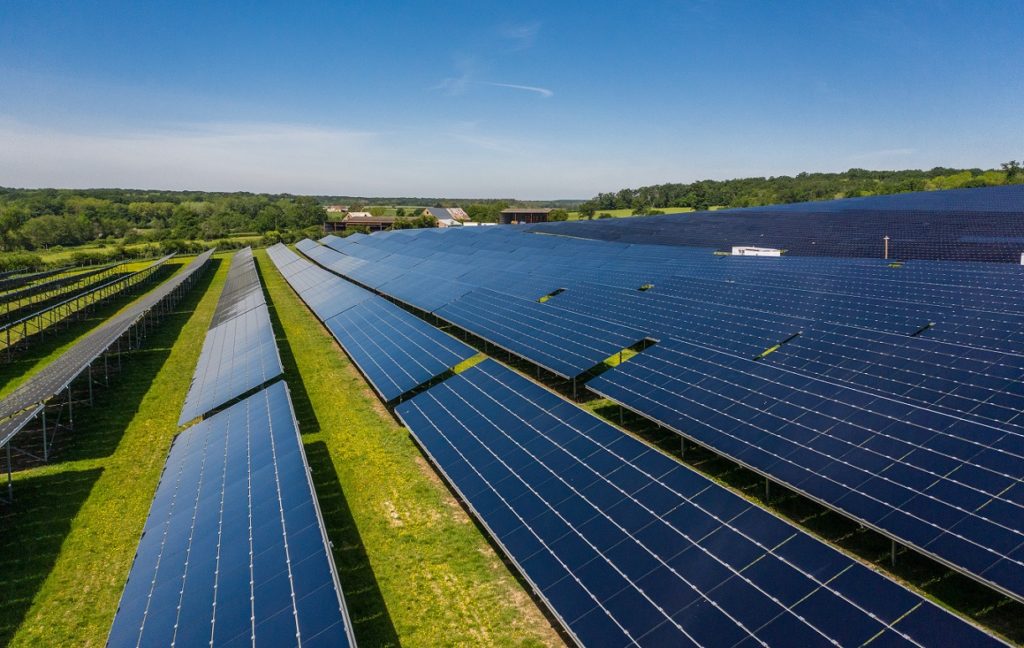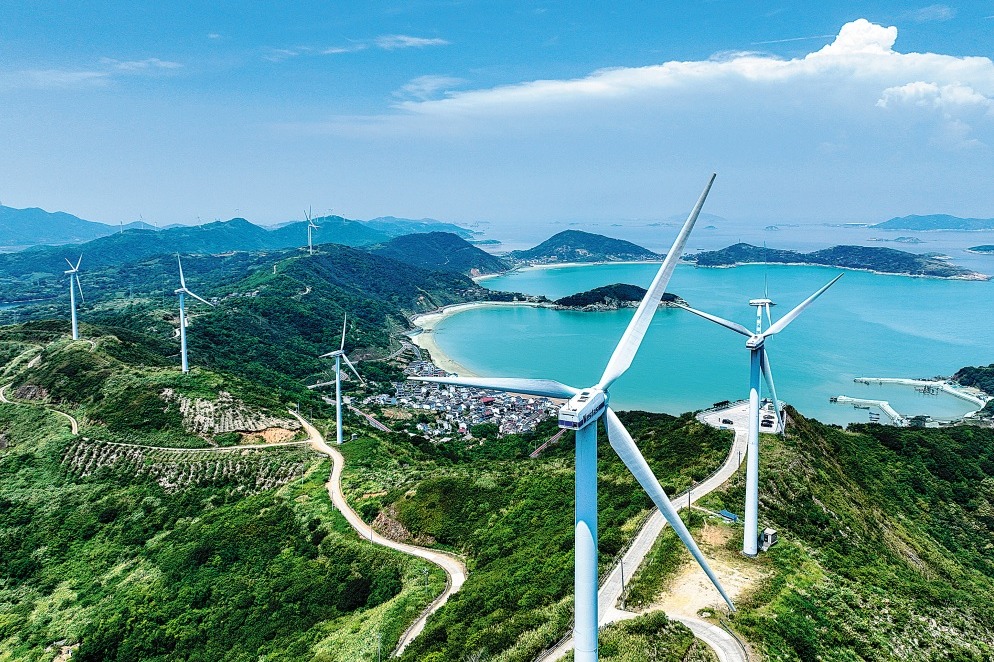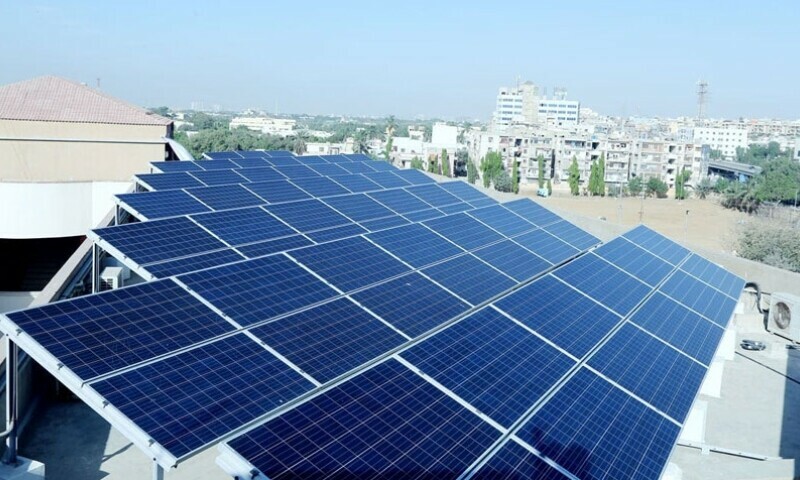China’s Solar Surge Powers Economic Transformation
In 2023, China unveiled its monumental achievement in the energy sector, adding over 200 GW of solar generating capacity and a staggering 300 GW of solar manufacturing capacity. This feat not only underscores China’s dominance in the solar energy market but also signals a seismic shift towards renewable energy, positioning the nation at the forefront of the global energy transition. While the Western media largely overlooked this development, the implications for China’s economy and the global energy market are profound, highlighting a future dominated by clean, sustainable energy sources.
Solar energy, alongside batteries and electric vehicles (EVs), forms the cornerstone of what is dubbed the “new three.” These sectors are poised to drive China’s economic engine, transforming it into a powerhouse of green technology and innovation. With solar energy investment soaring, China’s commitment to a sustainable future is clear, especially in light of President Xi Jinping’s pledge for the country to achieve carbon neutrality by 2060.
Unprecedented Growth in Solar Capacity
China’s ambitious targets for renewable energy have been met with remarkable success, achieving over 1,200 GW of wind and solar generating capacity ahead of its 2030 schedule. This rapid expansion, fueled by advancements in solar technology and significant solar market analysis, has propelled China into a leadership position in the global energy market. The nation’s strategic focus on solar and storage technology is poised to make renewable energy cheaper than coal, marking a pivotal moment in the transition to green energy.
The dramatic reduction in solar photovoltaic (PV) module prices, almost halving in 2023, further cements China’s role as a global leader in solar technology. With global PV manufacturing capacity tripling since 2021, largely thanks to Chinese innovation, the solar energy market is witnessing an era of unprecedented growth and competitiveness.
Solar Revolution: Beyond Electricity Generation
China’s solar revolution extends beyond mere electricity generation. The integration of solar power with advanced energy storage technologies, such as lithium and sodium-ion batteries, is set to redefine the economics of energy. This synergy between solar generation and storage heralds a future where renewable energy can meet baseload power demand, challenging the dominance of fossil fuels and enabling a host of new, environmentally friendly applications.
The potential for solar energy to power transformative technologies—ranging from mass desalination to indoor crop production and eco-friendly metal smelting—is immense. As China leads the charge in scaling up solar capacity, the global energy landscape is poised for a radical overhaul, promising a future where renewable energy drives economic growth, environmental sustainability, and innovation.
A New Economic Paradigm
China’s clean energy drive is more than an environmental initiative; it represents a fundamental shift in the economic paradigm. By leveraging solar energy, batteries, and EVs, China is not only setting a new standard for sustainable development but also challenging traditional economic models. The nation’s approach, blending incentives for innovation with aggressive scaling of clean technologies, has positioned it as a global leader in the transition to a green economy.
As the world watches China’s solar-powered revolution unfold, the implications for global energy consumption, environmental sustainability, and economic growth are profound. With China at the helm, the promise of a solar-powered future is not just a distant dream but an unfolding reality, reshaping the world’s energy landscape and setting a new course for green, sustainable development.
Source: www.asiatimes.com





